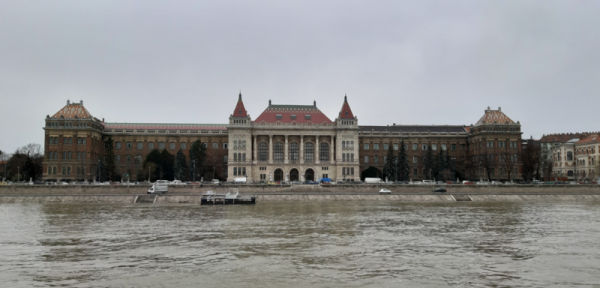http://www.bme.hu
Founded
1782Description
Founded in 1782, the Budapest University of Technology and Economics (BME) is a public university, considered to be one of the world’s oldest institutes of technology.
It was the first institution in Europe to train engineers at university level and still delivers around 70 per cent of Hungary’s engineering degrees. Today, its training courses are offered in five languages: Hungarian, English, German, French, and Russian.
Comprised of eight faculties, there are over 100 departments and institutes at BME, including: Civil Engineering; Mechanical Engineering; Architecture; Chemical Technology and Biotechnology; Electrical Engineering and Informatics; Transportation Engineering and Vehicle Engineering; Natural Sciences; and Economic and Social Sciences.
BME is home to approximately 21,000 students, of which a 1,000 or more are from overseas.
The university is situated on the right side of the Danube, between Szabadság Bridge and Petőfi Bridg. Just 10 minutes away is the city centre of the Hungarian capital, which is buzzing with life and full of restaurants, bars and clubs, as well as numerous cultural delights. Students can walk from one end of the university to the other in around 20 minutes.
Among other networks and associations, BME is a member of the European University Association, European Society for Engineering Education, International Association of University Presidents, and the International Network of Universities.
BME has associations with four Nobel Laureates. These are Dénes Gábor for Physics in 1971; George Oláh for Chemistry in 1994; Wigner Jenő for Physics in 1963; and Fülöp von Lénárd for Physics in 1905. Many other inventors, scientists and architects have also passed through the university, as well as 18 Olympic medallists.
Specific details
Location
Mûegyetem rakpart 3-9, Budapest , 1111, Budapest, Hungary






